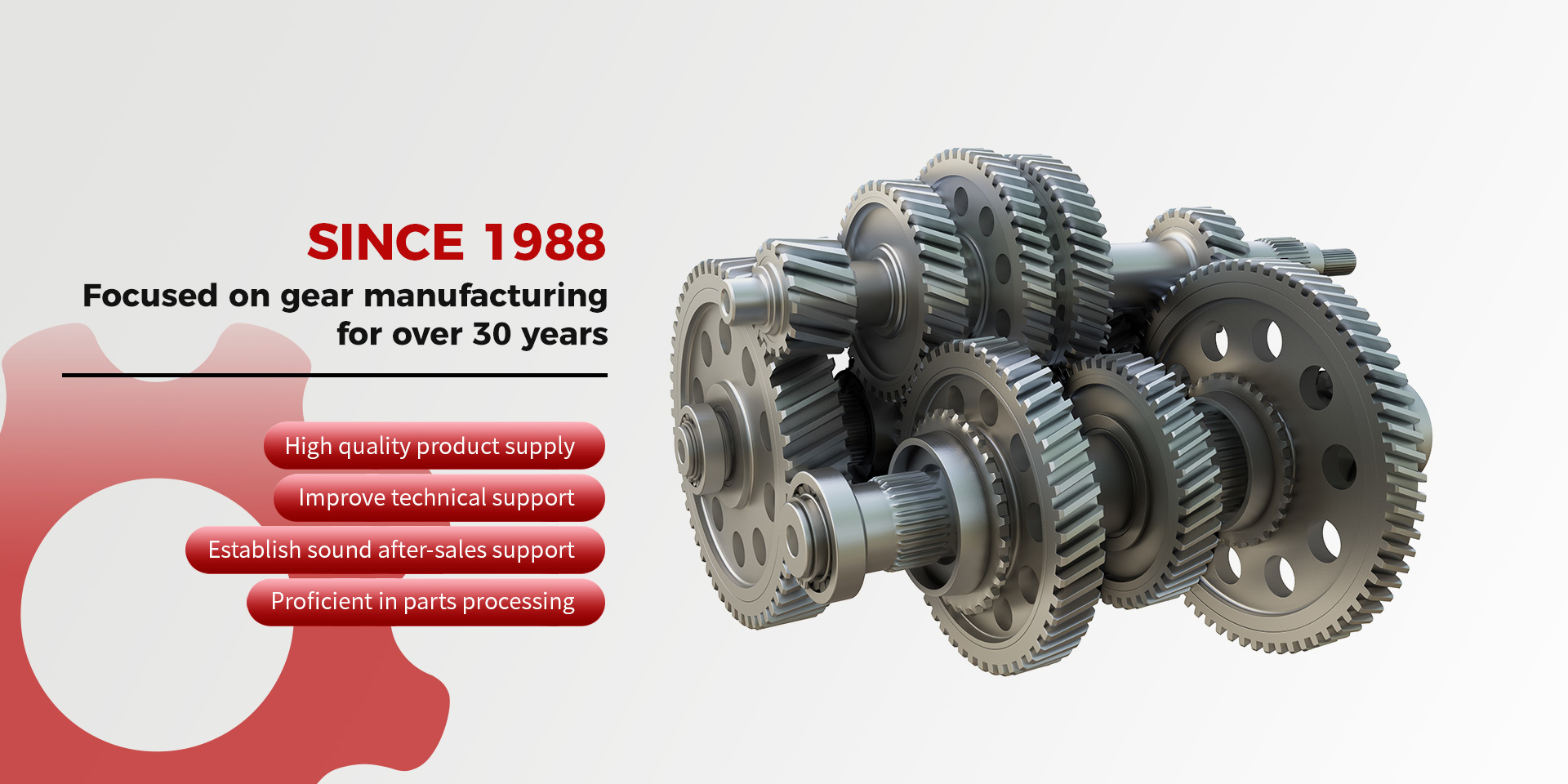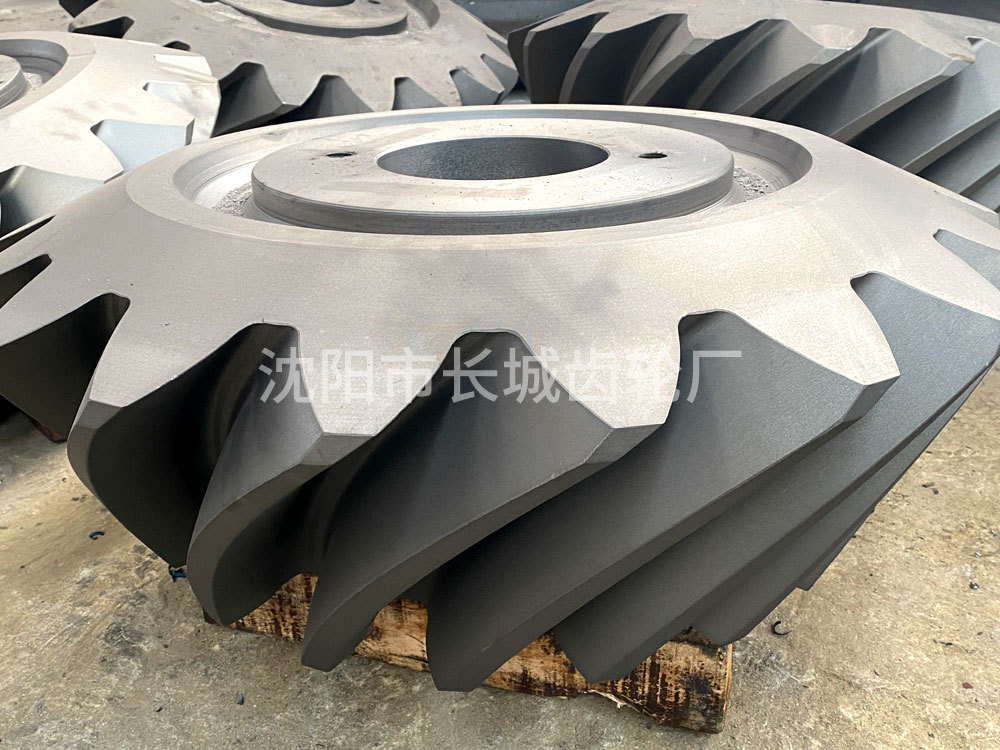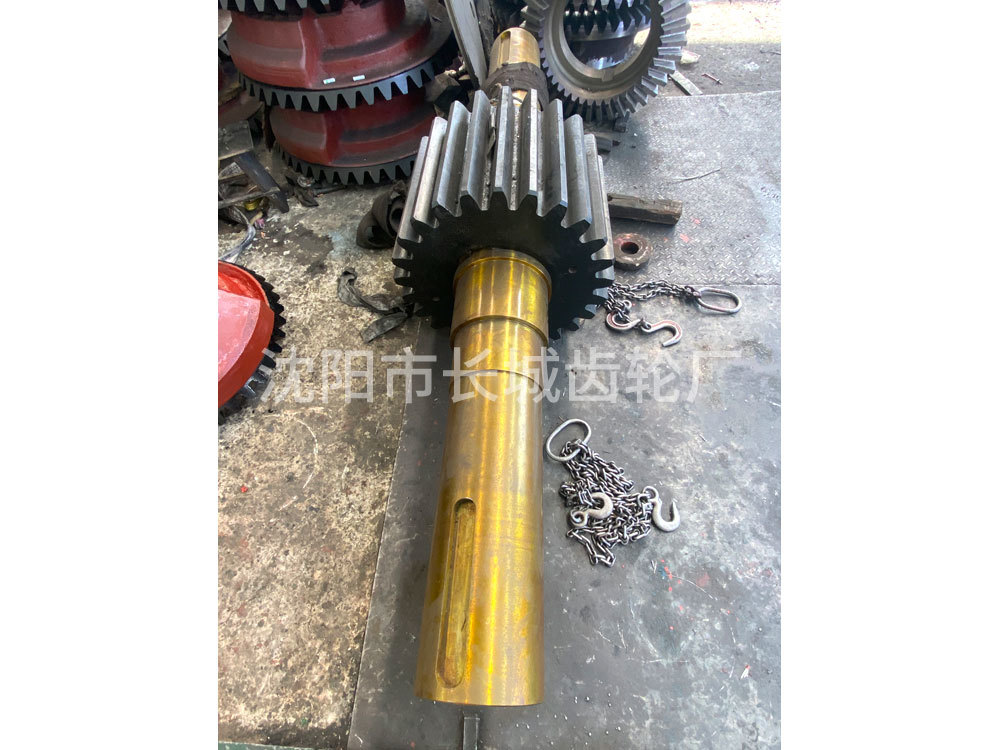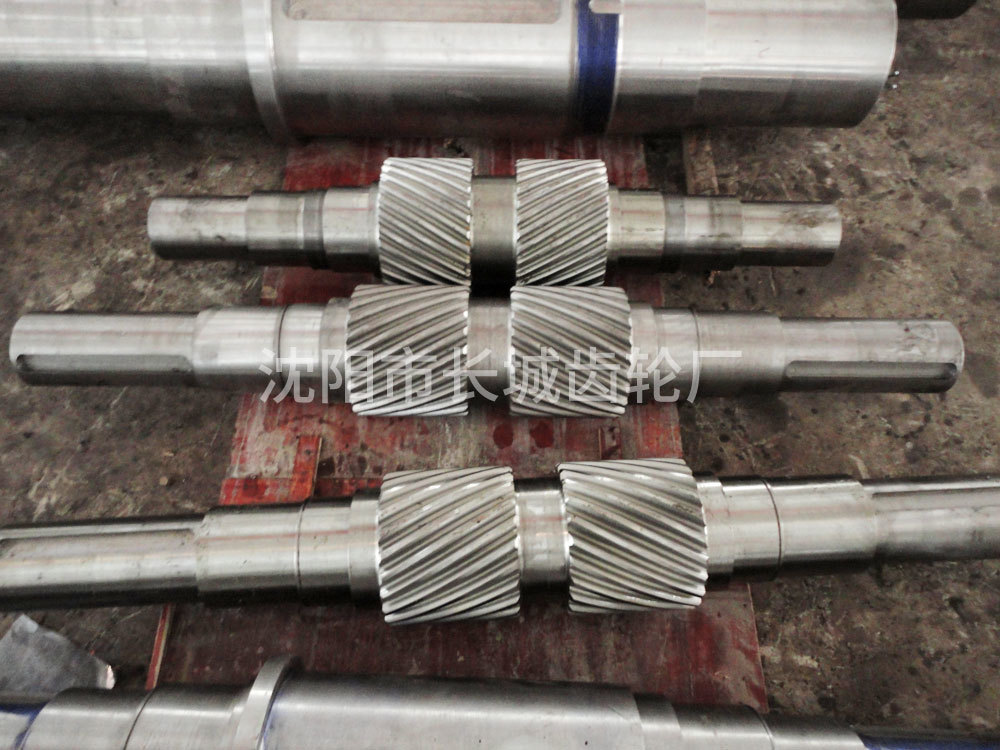WELCOME
About Us
The office of Shenyang Great Wall Gear Factory (Shenyang Changcheng Gear Manufacturing Co., Ltd.) is located at No. 362, Tianshan Road, Huanggu District, Shenyang, a major city in Northeast China and known as the "birthplace of one dynasty and the capital of two dynasties". It was registered and established on August 1, 1988, with the Market Supervision and Administration Bureau of Huanggu District, Shenyang. Over the 37 years of its development and growth, our factory has always provided customers with good products, technical support, and comprehensive after-sales service. Our factory mainly engages in gear manufacturing and mechanical parts processing, specializing in spiral bevel gears (arc gears).
Why choose us
The production of spiral bevel gear (arc gear), by the majority of customers love.
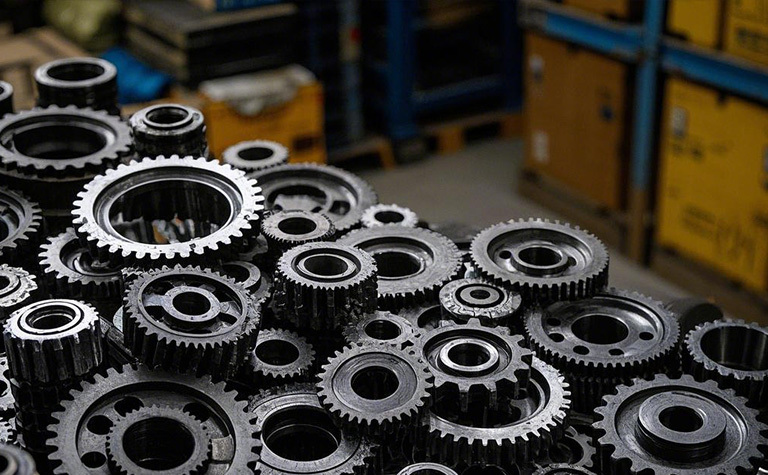
We are the factory
We are a source of strong strength manufacturers, with their own production base and team, to achieve direct supply of products.
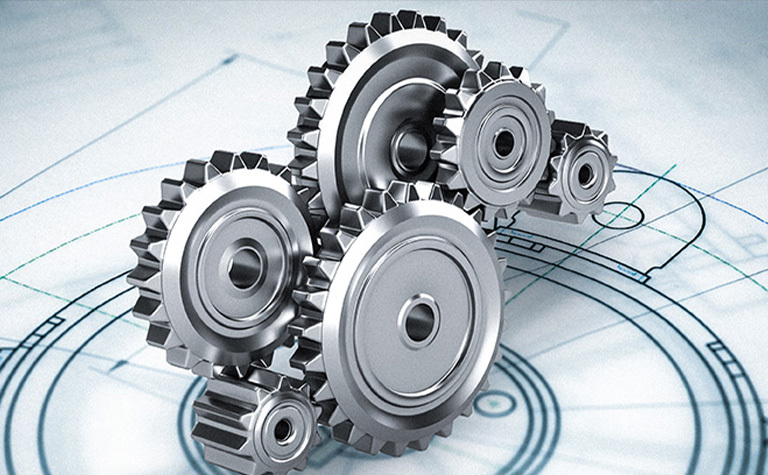
We can customize
We know that each customer's needs are different, so we focus on on-demand production customization, from design conception to finished product delivery, each link is closely around your unique requirements.

Perfect after-sales
Perfect logistics after-sales service, from transportation to delivery of the whole protection, so that you have no worries, rest assured to buy.
recommend Products

Mining Industry


Power station industry


Chemical industry


Coal mine equipment


Thermal power generation

Application
Application areas
Widely used in domestic and foreign oil field petrochemical machinery, all kinds of machine tools, all kinds of mechanical processing equipment, engineering machinery, metallurgical equipment, steel rolling machinery, mining machinery, coal mining machinery, textile machinery, marine machinery, shipbuilding industry, aerospace, forklift, elevator, reducer, aircraft manufacturing, etc.
Blog
Unlocking Efficiency: The Role of Coupling Gear in Modern Industries
2025/12/14
Explore howcoupling gear enhances operational efficiency across various industries, showcasing real-world applications.
View moreThe Ins and Outs of Coupling Gear: Common Questions Answered
2025/12/11
Dive into the world ofCoupling Gear and uncover answers to frequently asked questions.
View moreThe Intricacies of Coupling Gear: A Deep Dive into Industry Dynamics
2025/12/08
Explore the latest trends and innovations incoupling gear technology and its impact on various industries.
View moreUnderstanding the Intricacies of Coupling Gear: How It Works
2025/12/05
Explore the fascinating workings ofcoupling gear and its critical role in machinery operations.
View more

